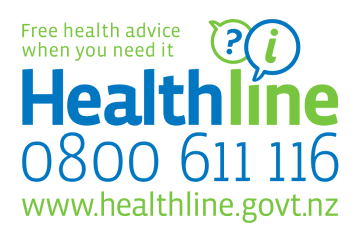Baby's Eyes
Baby's Eyes
A checklist for your baby's eye and vision development during their first year. If you have any concerns about your baby's vision, see your family doctor or Well Child service provider.
How do we see things?
Light enters the eye through the cornea, the clear outer skin or window at the front of the eye. It passes through the pupil, the hole in the iris or coloured part of the eye. Light rays are then focused on the retina at the back of the eye. That then sends information via nerves to the brain. There, the pictures are recognised and interpreted. All the parts of the eye form your baby's eyesight (vision).
Baby's first year - checklist
If you have any concerns about your baby's vision, see your family doctor or Well Child service provider.
At birth
- babies are attracted to faces
- they may avoid bright lights by closing eyes
- their eyes may sometimes appear to wander or be turned
At 1 month
- babies start to fix on their parent's face while feeding
- their eyes may sometimes appear to wander or be turned
- they follow large moving objects for a few seconds and begin to show interest in toys
At 2 months
- babies are becoming more interested in toys and objects
- they recognise a parent's face and can tell it from other faces
- they're starting to make eye contact
- they begin to smile to a smile
At 4 months
- babies can focus on toys held close to them
- their eyes should be straight and move together in all directions
- babies are interested in smaller more detailed toys
- they reach for toys, grasp firmly and regard closely
- they make good eye contact and are interested in facial expressions
At 6 months
- babies become more skilled in using their eyes to locate and reach for objects of interest
- they follow objects with their head and eyes in all directions
- they are visually alert and curious about their surroundings
- they follow an adult's movement across the room
At 12 months
- babies recognise familiar people from at least 6 metres away
- they will have binocular vision (the ability to use the eyes together) from 9 months
This page last reviewed 21 June 2022.
Do you have any feedback for KidsHealth?
If you have any feedback about the KidsHealth website, or have a suggestion for new content, please get in touch with us.
Email us now